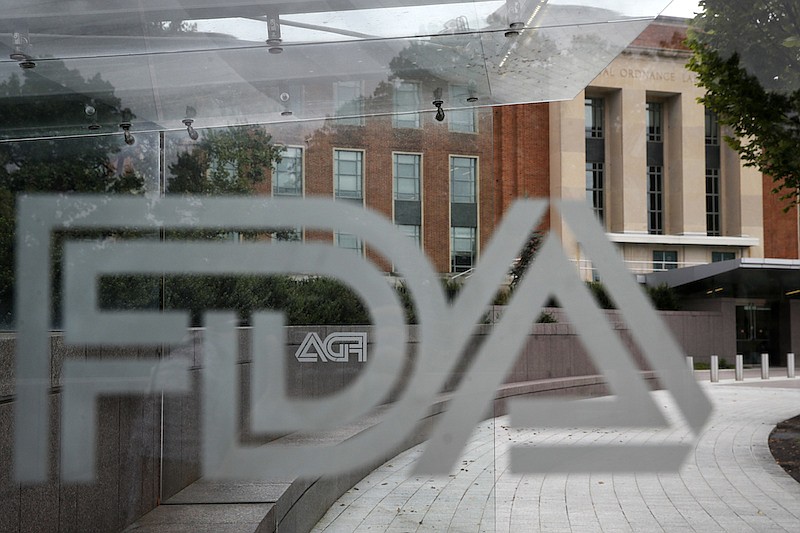One of the principal functions of the Food and Drug Administration is to determine the safety and effectiveness of all regulated medical products before they are released for use by the public. Medications, diagnostic tests and medical devices such as pacemakers fall under FDA's purview. From the outset FDA has had to contend with intense pressures from manufacturers and politicians to rush approvals. Twice in recent months the Trump administration has pushed the FDA to give emergency authorization for use of hydroxychloroquine and convalescent plasma for treatment of COVID-19.
Serious regulation of drugs began with the passage in 1906 of the Pure Food and Drug Act which set uniform standards and prohibited interstate transport of adulterated or mislabeled products. Multiple lawsuits limited the law's effectiveness. Regulatory authority rested in the Division of Chemistry in the Department of Agriculture until the FDA was created in 1930. Today, FDA is an agency within the Department of Health and Human Services.
Following years of opposition by drug manufacturers, The Food, Drug, and Cosmetic Act of 1938 was enacted after a series of deaths from a toxic sulfa drug. The law required detailed review of all new drugs for safety and efficacy. Loopholes and continuing litigation interfered with enforcement of standards.
Tennessee Sen. Estes Kefauver led hearings from 1959 to 1962, which resulted in stronger authority for the FDA. The hearings got a boost in 1960, when a drug manufacturer led a concerted attack on Dr. Frances Kelsey, the new medical officer at FDA, for delaying approval for Thalidomide, a drug promoted for relief of nausea during pregnancy. The drug had been approved in Germany. Free, promotional samples had been sent to U.S. physicians. Kelsey was concerned by reports of birth defects related to thalidomide. She held firm for 18 months until proof of thalidomide's toxic effect on fetuses was proved.
The next challenge for FDA occurred in the 1970s when 27 states sought to legalize sale of Laetrile, a drug promoted as a cure for cancer. Americans suffering from malignant diseases traveled to Mexico, where laetrile was legalized to receive treatment. Again, FDA prevailed after studies showed Laetrile had no benefit and had caused deaths in some patients.
The current FDA commissioner is Dr. Stephen Hahn, nominated by President Trump in November 2019 and confirmed by the Senate.
On March 19 President Trump announced that he was pressing for FDA approval of chloroquine and hydroxychloroquine for treatment of COVID-19 patients. On March 30, FDA authorized emergency use of the drug to hospitalized teen and adult patients despite weak and conflicting evidence that the drugs were safe and effective. Further experience with the two drugs showed no clear benefits plus risks of cardiac toxicity. The authorization was revoked on June 15.
Following repeated criticism of the FDA for slowing the approval of therapies for COVID-19, the president announced at a news conference on Aug. 23 that the administration of convalescent plasma from survivors of COVID-19 led to a dramatic reduction in mortality of patients hospitalized with the disease. Hahn announced emergency authorization of convalescent plasma at the same briefing. Physicians who had studied the use of convalescent plasma immediately criticized the authorization, stating that their data had been misinterpreted. Hahn apologized two days later, acknowledging that benefits from convalescent plasma were far less dramatic.
As trials for more than a 100 vaccines for COVID-19 progress, pressure on the FDA for rapid approval will be enormous. Last week, the federal government advised states to prepare for a coronavirus vaccine to be ready to distribute by Nov. 1. How can the possibility of long-term toxicity be excluded if a vaccine is rushed into production before it is fully tested? The decision must be based on careful, scientific practices, not political or economic expediency.
Contact Clif Cleaveland at ccleaveland@timesfreepress.com.
